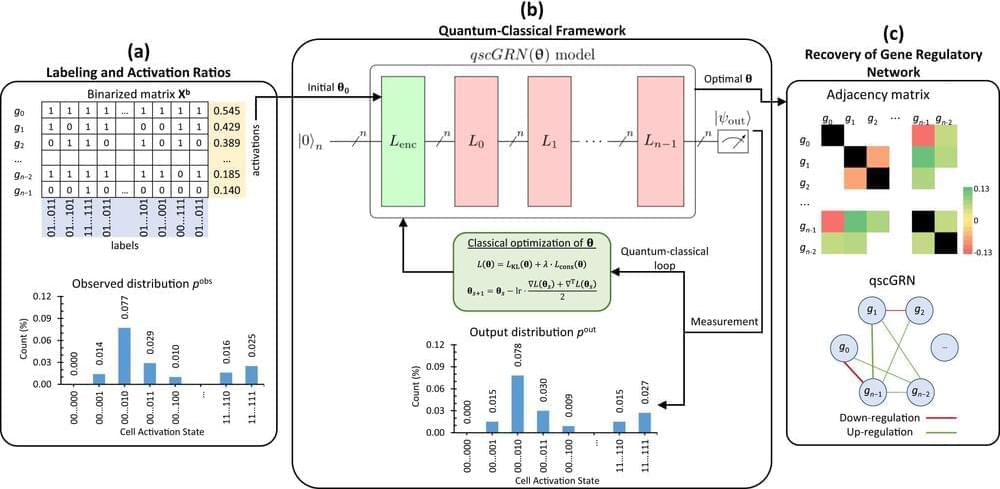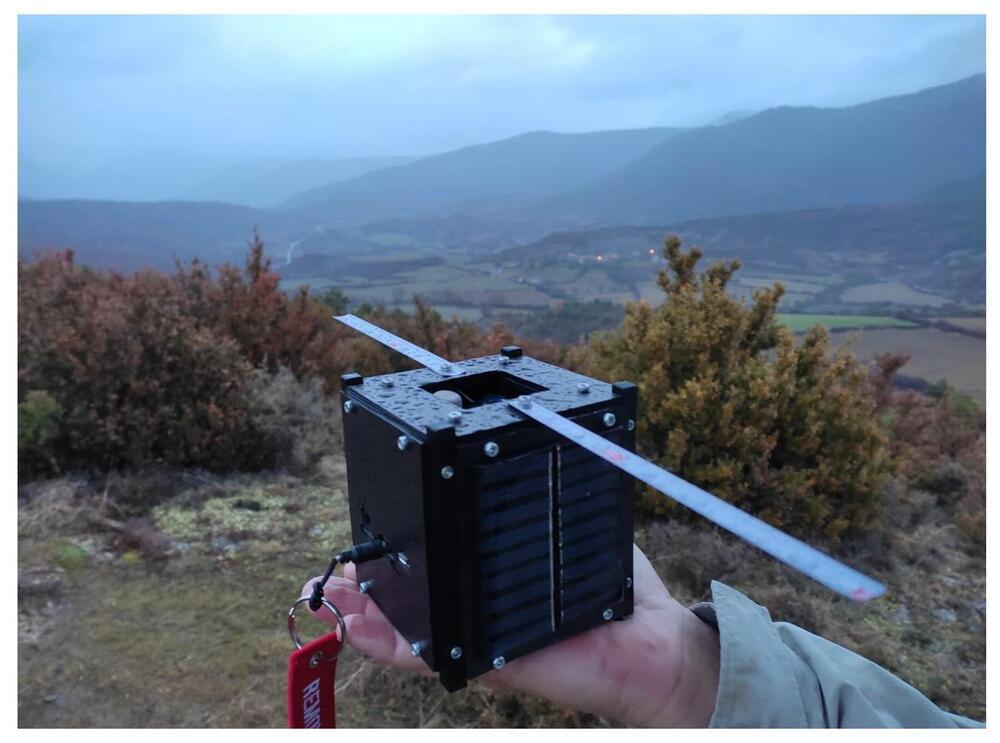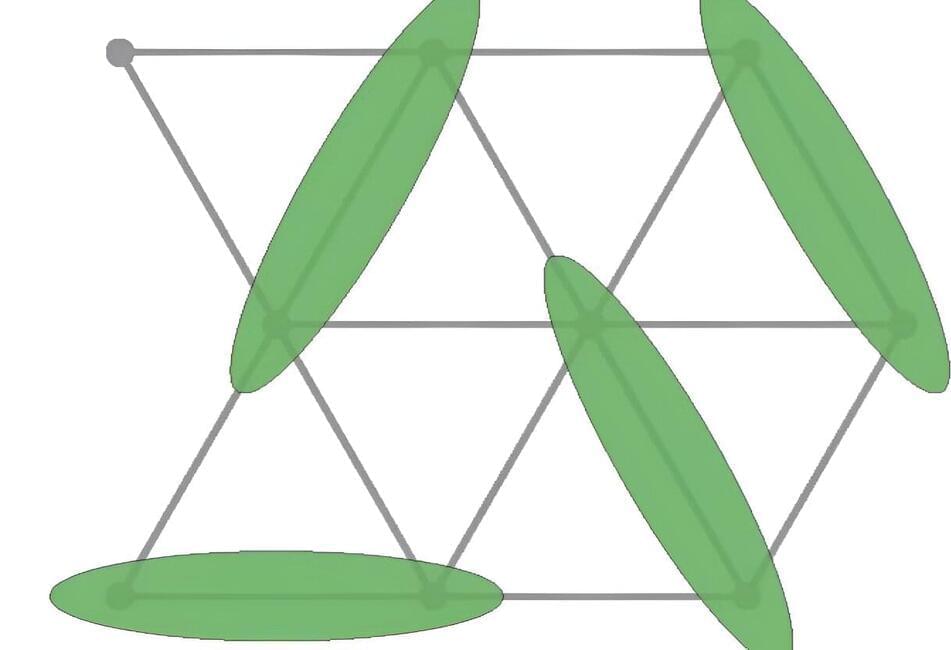Researchers around the world are working on a network which could connect quantum computers with one another over long distances. Andreas Reiserer, Professor of Quantum Networks at the Technical University of Munich (TUM), explains the challenges which have to be mastered and how atoms captured in crystals can help.
The idea is the same: We use today’s internet to connect computers with one another, while the quantum internet lets quantum computers communicate with one another. But in technical terms the quantum internet is much more complex. That’s why only smaller networks have been realized as yet.
There are two main applications: First of all, networking quantum computers makes it possible to increase their computing power; second, a quantum network will make absolutely interception-proof encryption of communication possible. But there are other applications as well, for example networking telescopes to achieve a previously impossible resolution in order to look into the depths of the universe, or the possibility of synchronizing atomic clocks around the world extremely precisely, making it possible to investigate completely new physical questions.







